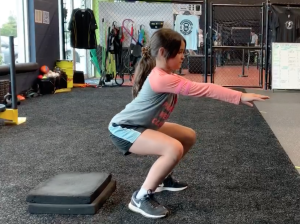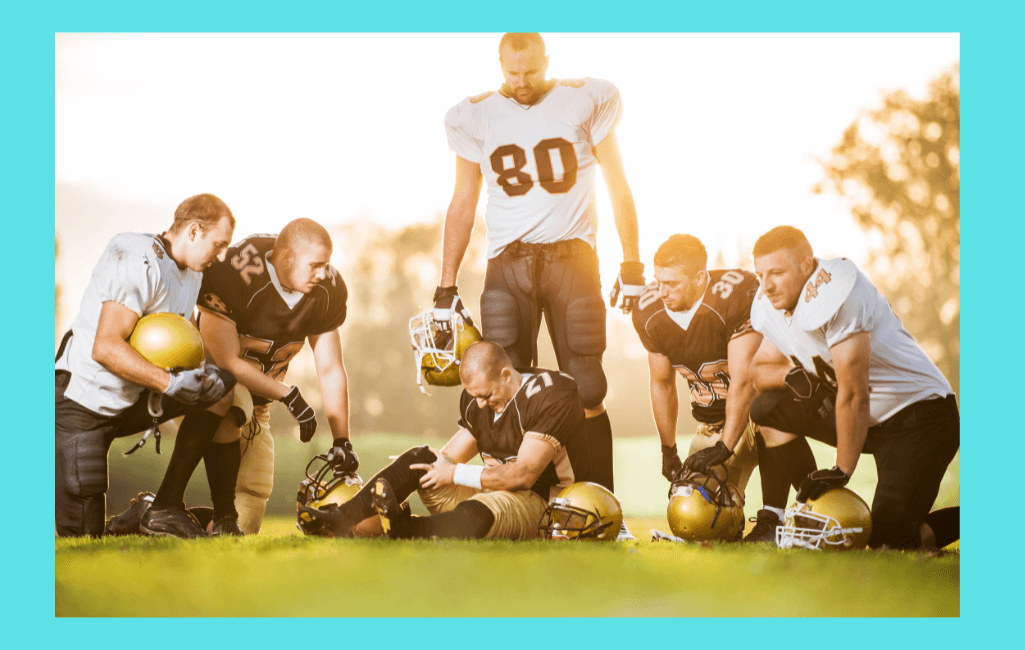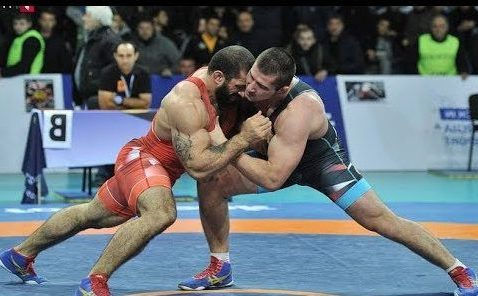Can You Play Sports With Sever’s Disease
Sever’s disease is a common condition that affects young athletes, particularly those who participate in sports that involve running and jumping. This painful condition occurs when the growth plate in the heel bone becomes inflamed, resulting in discomfort and swelling. As a result, many parents and coaches wonder whether children with Sever’s disease can continue to play sports.
The good news is that, in most cases, children with Sever’s disease can continue to participate in sports. However, it is important to take certain precautions to ensure that the condition does not worsen. In this article, we will explore the causes of Sever’s disease, its symptoms, and the best ways to manage the condition while playing sports. Whether you are a concerned parent, coach, or young athlete, this article will provide you with the information you need to keep playing sports while managing Sever’s disease.
Sever’s disease is a common condition among young athletes that affects the heel bone’s growth plate. It causes pain and discomfort, especially during physical activities. However, that doesn’t mean you have to give up sports altogether. Low-impact activities like swimming and cycling can help you stay active while minimizing stress on your heels. Consult your doctor for personalized advice and treatment options.
Can You Play Sports with Sever’s Disease?

Sever’s disease is a common condition that affects children and adolescents who are active in sports. It is a painful inflammation of the growth plate in the heel, and it can make it difficult for young athletes to participate in their favorite activities. Many parents and coaches wonder if it is safe for children with Sever’s disease to play sports. In this article, we will explore this question in more detail and provide some tips for managing Sever’s disease.
What is Sever’s Disease?
Sever’s disease is a condition that affects the growth plate in the heel bone. It is most common in children and adolescents who are active in sports, especially those that involve running and jumping. The condition is caused by repetitive stress on the growth plate, which can cause it to become inflamed and painful.
Symptoms of Sever’s disease include heel pain, swelling, and tenderness. The pain may be worse during or after physical activity, and it may be more severe in the morning or after long periods of sitting or standing.
What Causes Sever’s Disease?
Sever’s disease is caused by repetitive stress on the growth plate in the heel bone. This stress can come from a variety of sources, including:
– Sports activities that involve running and jumping, such as basketball, soccer, and track and field.
– Overuse or training errors, such as running too much or too often, or not allowing enough time for rest and recovery.
– Rapid growth or changes in activity level, which can put additional stress on the growth plate.
Can You Play Sports with Sever’s Disease?
The answer to this question depends on the severity of the condition and the advice of your doctor or physical therapist. In general, children with Sever’s disease can continue to participate in sports, but they may need to modify their activities or take time off to rest and recover.
If your child has mild to moderate Sever’s disease, they may be able to continue playing sports with some modifications. For example, they may need to limit their running or jumping activities, or switch to a less strenuous sport such as swimming or cycling. They may also need to wear supportive shoes or inserts to help cushion the heel and reduce stress on the growth plate.
If your child has severe Sever’s disease or is experiencing a lot of pain, they may need to take time off from sports to allow the growth plate to heal. Your doctor or physical therapist can provide specific recommendations for rest and recovery, as well as exercises to help strengthen the affected area and prevent future injuries.
Benefits of Playing Sports with Sever’s Disease
Despite the challenges of managing Sever’s disease, there are many benefits to continuing to participate in sports. Regular physical activity can help improve overall health and well-being, and it can also help children develop important life skills such as teamwork, perseverance, and goal-setting.
In addition, staying active can help prevent weight gain and obesity, which are common risk factors for many chronic diseases. By encouraging your child to stay active and engaged in sports, you can help set them up for a lifetime of healthy habits.
Sever’s Disease vs. Other Foot and Heel Conditions
Sever’s disease is just one of many foot and heel conditions that can affect young athletes. Other common conditions include plantar fasciitis, Achilles tendonitis, and stress fractures.
While these conditions may have some similar symptoms, they each have their own causes and treatments. It is important to work with a healthcare professional to properly diagnose and treat any foot or heel condition, and to develop a plan for managing symptoms and preventing future injuries.
Preventing Sever’s Disease
While Sever’s disease can be difficult to manage once it develops, there are steps you can take to help prevent it from occurring in the first place. Some tips for preventing Sever’s disease include:
– Encouraging your child to wear supportive shoes with good arch support and cushioning.
– Limiting high-impact activities such as running and jumping, especially on hard surfaces.
– Ensuring your child gets enough rest and recovery time between activities.
– Monitoring your child’s growth and activity level, and adjusting their training and activities as needed.
By taking these steps, you can help reduce your child’s risk of developing severe disease and other foot and heel conditions, and ensure that they can continue to enjoy their favorite sports and activities.
Frequently Asked Questions
Sever’s disease is a common heel condition that causes pain and discomfort for children and young adolescents. It’s a condition that can affect children who are involved in sports, especially those that involve a lot of running and jumping. Here are some frequently asked questions and answers about playing sports with Sever’s disease.
Can children with severe diseases play sports?
Yes, children with severe diseases can play sports, but it’s important to manage the condition properly. It’s best to avoid sports that put a lot of pressure on the heels, like running and jumping. Instead, children can participate in low-impact sports like swimming and cycling. It’s also important to wear supportive shoes and use heel pads to reduce the impact on the heels.
It’s important to listen to your child’s body and not push them too hard. If they experience pain or discomfort while playing sports, it’s best to take a break and rest until the pain subsides. It’s also important to consult with a doctor or physical therapist to develop a proper treatment plan.
How can parents help their child manage Sever’s disease while playing sports?
Parents can help their children manage Sever’s disease by ensuring they have proper footwear and equipment. They can also encourage their child to stretch and warm up before playing sports to reduce the risk of injury. It’s also important to communicate with coaches and teachers about the condition and ensure they are aware of any limitations or restrictions.
Parents can also work with a physical therapist to develop a treatment plan for their child. This may include exercises to strengthen the muscles and reduce pain, as well as rest and ice therapy. It’s important to monitor the child’s symptoms and adjust the treatment plan accordingly.
Sever’s Disease: Relieving Heel Pain in Athletic Kids
Sever’s disease is a common condition that affects the heels of children who are active in sports. It causes discomfort and pain, making it difficult to participate in physical activities. However, this doesn’t mean that children with severe disease can’t play sports at all. With proper care and management, children can continue to participate in sports while managing their symptoms.
It’s important for parents and coaches to understand the nature of Sever’s disease and the limitations it presents. Children should be monitored closely for any signs of discomfort or pain and should be encouraged to take breaks when necessary. With proper footwear, stretching exercises, and rest, children with severe disease can continue to play sports and enjoy the physical and social benefits that come with it. As a professional writer, I encourage parents and coaches to work closely with their children and healthcare providers to manage their symptoms and provide a safe and supportive environment for them to continue pursuing their athletic passions.



